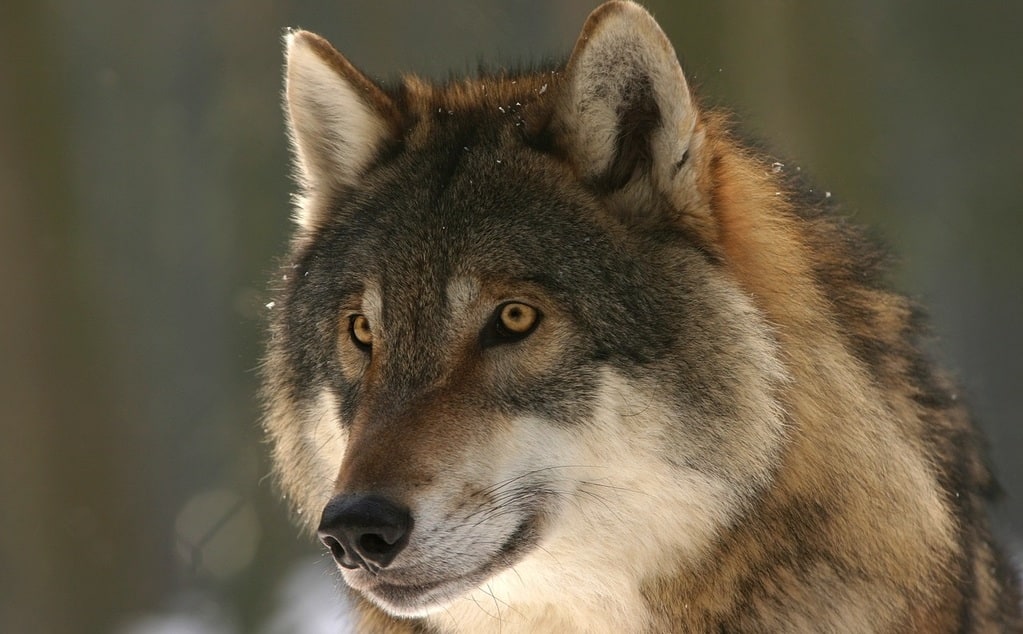The role of animals in cultural anthropology
Animals have always played a pivotal role in human societies, influencing various aspects of culture and daily life. Their significance is deeply embedded in rituals, mythology, and even economic practices across diverse cultures. Cultural anthropology, which explores the ways in which humans interact with each other and their environments, provides a comprehensive framework for understanding the multifaceted roles animals occupy in human life.
The significance of animals in cultural anthropology
Animals serve as symbols and metaphors in many cultural narratives, helping to convey complex ideas and emotions. In many indigenous societies, animals are considered sacred beings, embodying spiritual truths and cosmic principles. For instance, in Native American cultures, the eagle is often revered as a messenger between the human and the divine, symbolizing vision and strength.
Animals are integral to myths and legends, serving as both protagonists and antagonists in stories that explain natural phenomena and human behaviors. The lion, for example, appears in numerous African tales as a symbol of courage and leadership. Similarly, the trickster figure, often embodied by animals like the fox or coyote, teaches lessons about wit and cunning.
Animals in rituals and ceremonies
Rituals and ceremonies frequently incorporate animals to symbolize various aspects of life and death. In many cultures, specific animals are sacrificed to appease deities or to ensure bountiful harvests. For example, the sacrificial lamb in Abrahamic religions symbolizes purity and redemption.
Animal dances and masks are used in rituals to represent the connection between humans and the animal world, often believed to bring about transformation and healing. The dance of the dragon in Chinese New Year celebrations is one such example, representing power, strength, and good fortune.
Furthermore, animals play a role in rites of passage, marking significant transitions in a person’s life. In some African tribes, young men undergo initiation rites involving animal hunts, which are seen as a test of their bravery and readiness for adulthood. These practices highlight the symbolic role animals play in conveying social status and identity.

Economic and ecological roles
Beyond their symbolic significance, animals have practical economic and ecological roles in various cultures. In agrarian societies, animals such as cattle, goats, and chickens are crucial for subsistence, providing food, labor, and materials for clothing.
Animals contribute to economic activities through their roles in agriculture, transportation, and trade, thereby shaping the livelihoods of many communities. For instance, the domestication of horses revolutionized travel and trade in Eurasian societies, enabling the expansion of trade routes and cultural exchanges.
In addition, animals help maintain ecological balance. Many indigenous communities practice sustainable hunting and fishing, ensuring that animal populations remain stable. These practices are often guided by traditional ecological knowledge, which includes an understanding of animal behavior, breeding patterns, and habitat requirements.
List of notable animal roles in various cultures:
- Totems and clan symbols: animals serve as totems representing family lineage and spiritual guidance.
- Companions and guardians: dogs and cats often hold significant roles as protectors and companions in domestic settings.
- Healers and guides: animals like snakes and owls are associated with healing and wisdom in various shamanistic traditions.
- Indicators of seasons and weather: birds and other animals are observed for signs indicating seasonal changes and weather patterns.
- Subjects of art and literature: animals inspire a wealth of artistic and literary works, reflecting their importance in human culture.
Contemporary perspectives on human-animal relationships
Modern cultural anthropology continues to explore the evolving dynamics between humans and animals. As urbanization and technological advancements change the way humans interact with their environment, the roles animals play in society are also transforming.
In contemporary settings, animals are increasingly seen as companions, with pet ownership reflecting deeper emotional and psychological connections. The rise of animal rights movements highlights the shifting perspectives on animal welfare and ethics, advocating for the humane treatment of animals.
Moreover, the study of animals in anthropology now includes considerations of environmental conservation and the impact of human activities on wildlife. Researchers emphasize the importance of preserving biodiversity and respecting the habitats of wild animals, recognizing their intrinsic value and their roles in sustaining ecosystems.
As cultural anthropologists continue to document and analyze these relationships, the insights gained contribute to a broader understanding of human culture and our place within the natural world. This ongoing dialogue underscores the interconnectedness of all life forms and the cultural significance of maintaining harmonious relationships with the animal kingdom.
